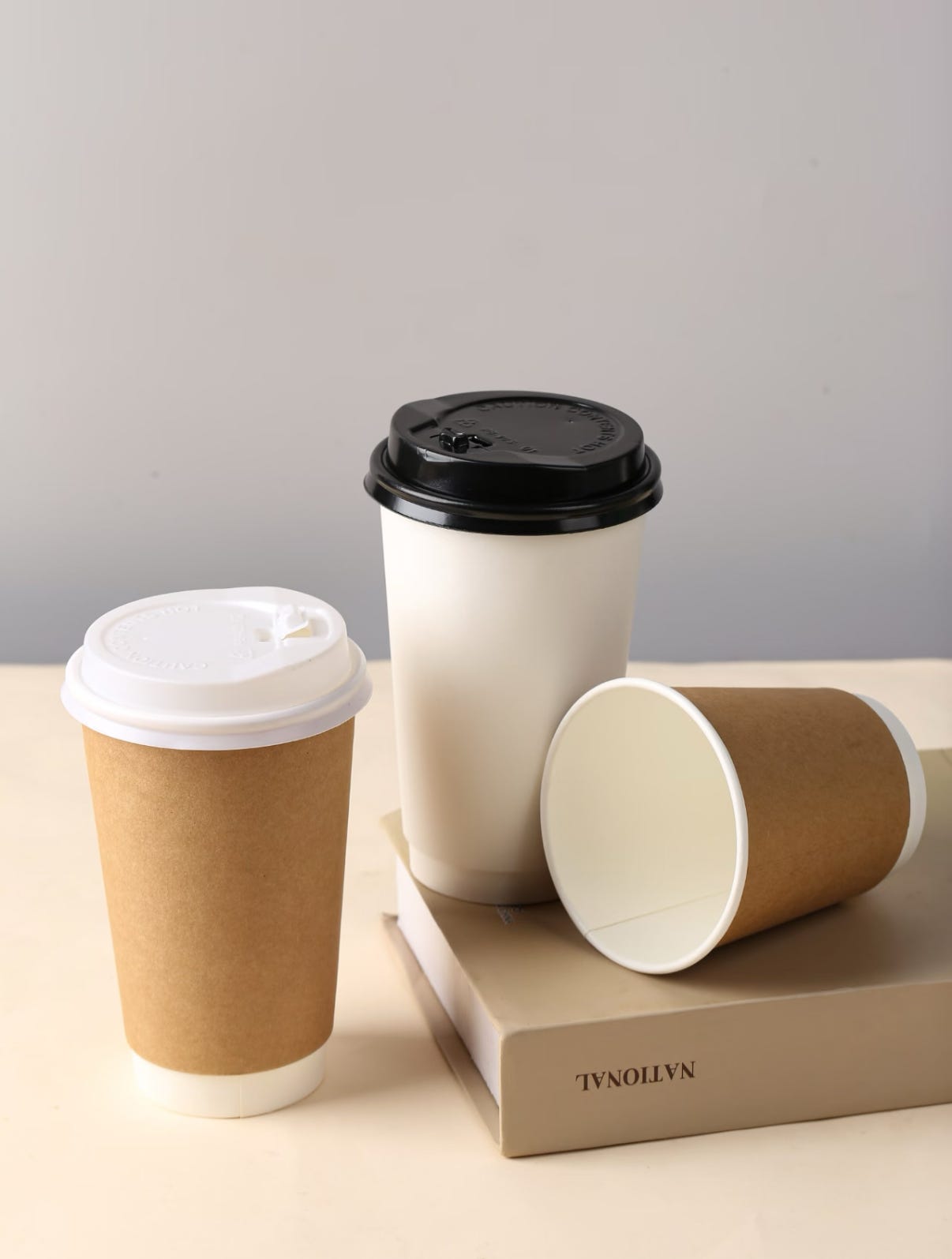Paper Cups in 2025: Small Choices, Big Impact
How a simple paper cup is reshaping the way we enjoy our daily coffee, tea, and cold drinks — and why it matters for a greener future
There’s something almost comforting about holding a warm cup in your hands on a chilly morning or sipping something cold and refreshing under the summer sun. Whether it’s a cappuccino before the commute, an iced tea on a lunch break, or a smoothie after a workout, takeaway drinks have become part of daily life for people all over the world.
Somewhere in that everyday ritual sits the humble paper cup. We use it without much thought — it’s there when we need it, light in the hand, safe to sip from, and quick to dispose of when the drink is gone. But over the last decade, the paper cup has shifted from being just a convenience to being part of a much bigger conversation: sustainability.
From Utility to Responsibility
In the past, packaging was all about function. If it held the drink and didn’t leak, it was good enough. But as environmental awareness grew and cities began introducing bans on certain plastics, the conversation changed. Suddenly, the question wasn’t just “Does it work?” but also “What happens after we throw it away?”
Biodegradable paper cups — especially those made with compostable or recyclable materials — became a practical answer. They perform just as well for hot lattes as they do for iced fruit juice, and when designed with the right coatings, they can break down more easily in composting facilities or be recycled through the proper channels.
Why the Paper Cup Works for Modern Lifestyles
1. It’s versatile.
You can use the same material for hot drinks, cold drinks, and even small snacks or desserts. One product type can cover multiple needs, which is a huge win for businesses trying to simplify operations.
2. It’s familiar.
Unlike some eco-friendly packaging that feels new or experimental, paper cups are already part of our habits. Customers don’t need to adjust — they simply keep doing what they’ve always done, but with a greener option.
3. It aligns with values.
When a customer sees you serving drinks in a compostable or recyclable paper cup, they know you’ve made a conscious choice. That subtle signal can create loyalty and trust.
The Aesthetic Side of Sustainability
Beyond practicality, paper cups carry a certain visual charm. A smooth white cup with a printed logo or a rustic kraft-brown finish can make a drink feel more artisanal. It’s not just a vessel — it’s part of the branding and the story you tell.
In fact, a well-designed paper cup can turn into a mobile advertisement. Every person walking down the street with your branded cup is showing it to dozens of others without even thinking about it. And in the age of Instagram, even a minimalist cup can end up in a photo that reaches hundreds or thousands of viewers.
The Bigger Picture
Of course, switching to paper cups won’t solve the planet’s waste problems on its own. But it’s part of a series of small, practical steps that businesses and individuals can take to reduce the impact of daily consumption.
If one café serves 200 drinks a day, and all of those drinks come in compostable paper cups, that’s over 70,000 cups a year not made from conventional plastic. Multiply that by the number of cafés, juice bars, food trucks, and event caterers worldwide, and the impact becomes meaningful.
Choosing the Right Cup
Not all paper cups are created equal. Size matters — too small, and customers feel short-changed; too big, and you waste both material and drink. Lid compatibility is another factor, as is the type of coating used inside the cup. Some coatings make recycling more difficult, while others, like water-based options, are more eco-friendly.
If you’re in the food and beverage industry and considering a switch, it’s worth looking at options that balance quality, safety, and sustainability. Bioleader® offers a range of paper cups in various sizes and finishes, designed to meet global eco-packaging standards while keeping functionality front and center.
Small Change, Lasting Impact
When you think about the most memorable drinks you’ve had, it’s often not just the taste you remember — it’s the setting, the mood, even the cup you held. Packaging is part of the experience, and making that experience more sustainable is a step worth taking.
A paper cup might seem like a small detail in the bigger picture of sustainability, but when enough people choose the better option, those small details add up. For customers, it’s an easy habit to adopt. For businesses, it’s a chance to align with the values of a changing market.
So next time you take a sip from a paper cup, remember — it’s more than just a container. It’s a quiet commitment to doing things a little better, one drink at a time.



